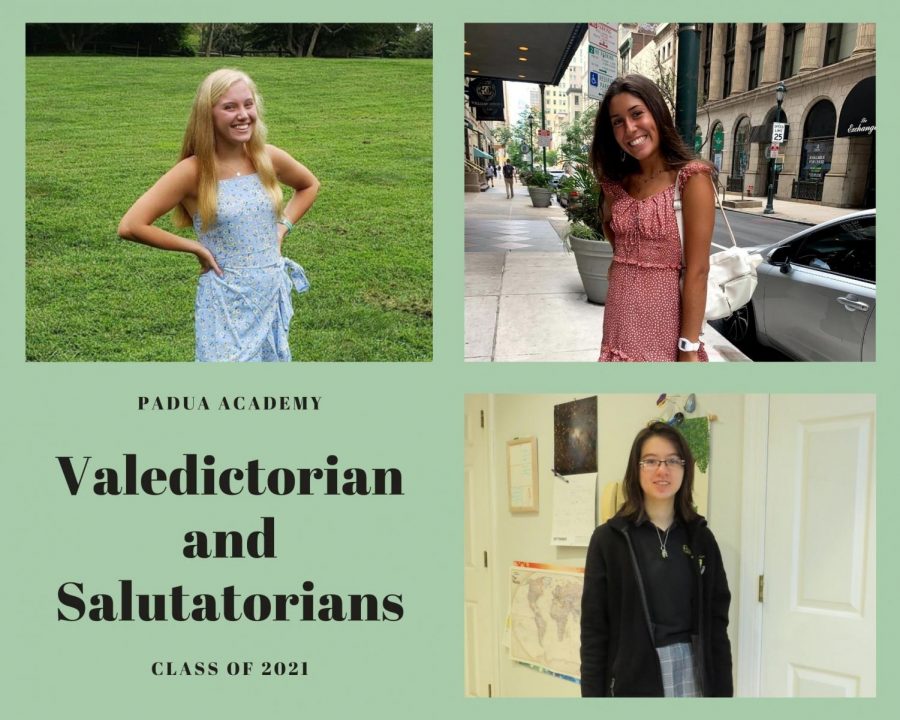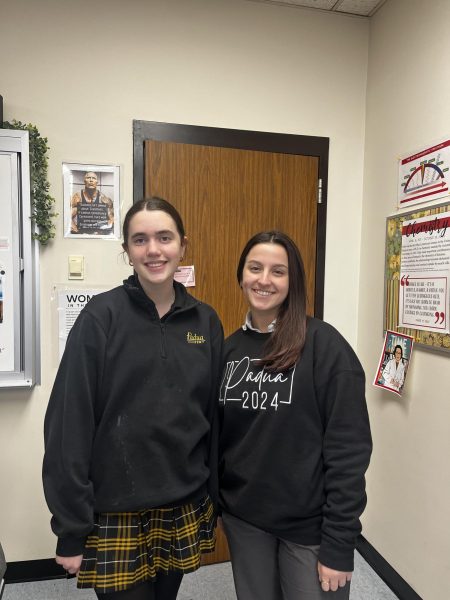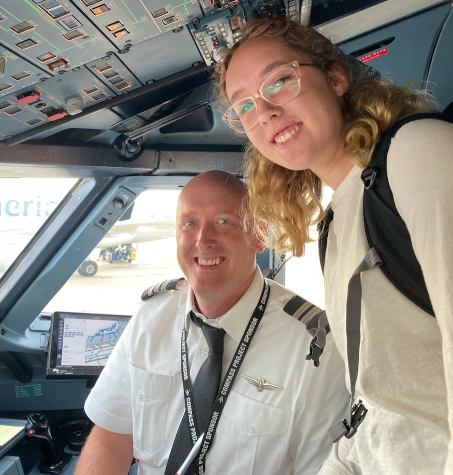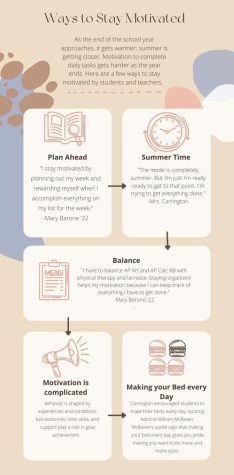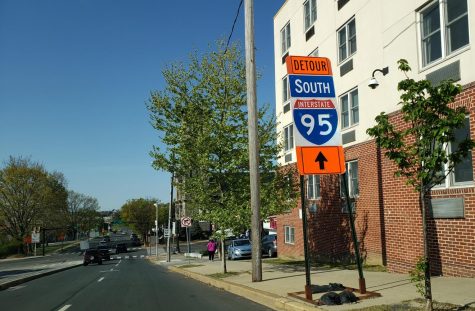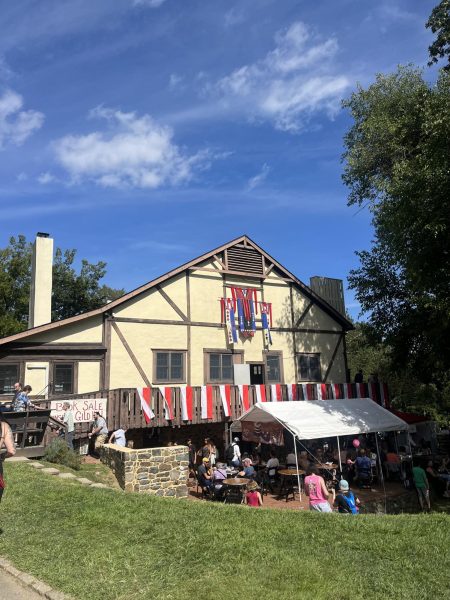Valedictorian and Salutatorians Reflect on Their Padua Careers
Sabatina learned many lessons over her time in high school. “…Ever since you start at Padua, work hard now because it pays off later,” she said.
A few months ago, Padua announced its Valedictorian and Salutatorian. The Valedictorian is the person with the highest grade-point average (GPA) over their four years of high school, up to the first semester of senior year. The Salutatorian is the person with the second-highest GPA.
This year, Annie Shea is the Valedictorian. Outside of academics, Shea is a cross-country runner, self-proclaimed “stress-baker”, and involved member of her church. She participates in her church’s musical every year, starring as Ariel in “The Little Mermaid” in their last production.
Annamarie Warnke and Danielle Sabatina tied for the Salutatorian. Warnke loves school and spends her time outside of class writing and reading. Sabatina is a competitive dancer and was part of the Padua Dance Team for three years.
Learning About The Title
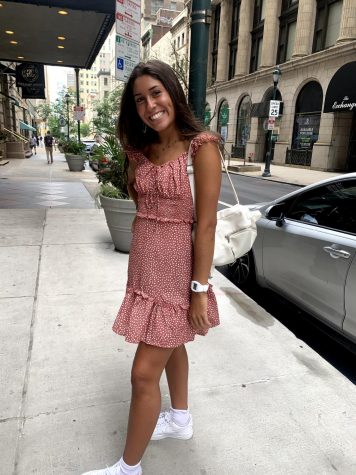
Sabatina said she was shocked when she learned that she was a Salutatorian.
“This award was a total surprise, I really was not expecting it at all,” she said. “I’ve always been in hard classes, but I never expected to be the top of the class.”
Shea was surprised that she received the award, but she said her friends and classmates saw it coming.
“I personally was surprised, but everyone else didn’t seem to be. I went back to my Statistics class and they were like, ‘Oh, we called this in freshman year,’” she said.
Shea first began thinking about the possibility of becoming the valedictorian when she was in fifth grade and saw a friend from church earn the title. However, she said she “didn’t really think that it would happen.”
Warnke had a different reaction because earned the top GPA for the girls at her middle school. She knew that this was something she “was capable of” during her high school career.
“I really just wanted to push myself to try to do well,” she said.
Surprisingly, the winners learned of their award only minutes before it was announced to the school.
Shea said that she had never been called into the office before this event.
“At first I thought I was in trouble,” she said. “I was in study hall and they called my name on the announcements. And then, I went upstairs and I saw Annamarie and Danielle and we all went to the principal’s office. We’re like ‘What is going on right now?’”
However, their moods soon changed when they heard the news. They were allowed to call their parents, and Sabatina even said that her mother began crying. However, Warnke only quickly texted her parents before returning to her AP class.
Once the administration said the news over the announcements, the girls received congratulations from a wide range of people.
“I got out and I looked at my phone and had at least 50 messages from all sorts of different people,” said Shea. “I’ve definitely gotten emails from different teachers saying ‘congrats’.”
How Did They Get Here?
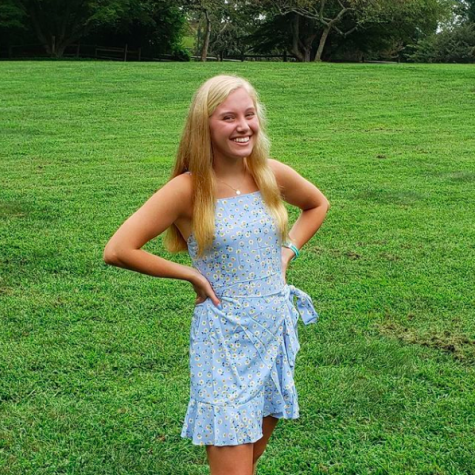
Padua students don’t just become Valedictorians and Salutatorians overnight. The title requires three-and-a-half years of dedication and perseverance.
This perseverance began with the classes Sabatina, Warnke, and Shea decided to take.
“I’ve taken all honors except for religion and electives, and then I’ve taken five AP classes,” said Sabatina.
Warnke took seven AP courses and Shea took 9.5 (the extra half was from a science AP course that included a semester-long lab).
To handle this workload, the Valedictorian and Salutatorians used different approaches.
Sabatina is someone who can naturally remember information. “I have never really been a big studier. I just pay attention in school and then maybe read over my notes before a test,” she said.
Warnke, however, uses much of her study time to review past mistakes. “… Doing a ton of practice problems is really helpful for me and then looking over the answers and seeing what I got wrong. The ones I got wrong, I do it again,” she said.
Shea takes another approach, focusing on writing out the information.
“I’ll make myself a list of everything I would want to have with me if I had to go in and take the test, and then I just read over it and read over it until I have it all memorized and really understand it,” she said.
Shea also makes sure she fully understands the material before tests. “I think a big part of it [studying] was understanding things instead of memorizing things… then, I feel like it’s a lot easier to recall it for test questions,” she said.
However, Shea’s studying schedule is different from the Salutatorians’ because she runs cross country every day after school. When she gets home, she spends the rest of her night studying.
When asked if she has extra time to sleep, Shea jokingly replied, “Sometimes.”
This work ethic has taught the Valedictorian and Salutatorians important life lessons.
“Sometimes work smarter, not harder,” said Warnke. “When I was at the beginning of when I was taking APUSH, I was just taking boatloads of notes, and that was what was taking up so much time. So, when I learned to make my notes more concise and use highlighting, it really cut down on that time.”
Future Plans

Seniors often dread discussing their plans for college, but some might believe that the Valedictorian and Salutatorians would have it set.
Shea described her college search as, “Stressful. I mean, that would probably be the answer from any Senior at this point. I’m envious of those people who had it figured out where they’re going [early on].”
In the end, Shea applied to nine colleges, including Princeton and Colombia. She will attend Northeastern University and she wants to study Engineering or Applied Math with a minor in Sustainability.
Warnke applied to 12 colleges, including two Ivy Leagues. She was invited to compete for a full scholarship to the University of Delaware but decided not to take this route. She eventually committed to the College of William & Mary as a Data Science major.
Sabatina applied to eight schools. In the end, she committed to the University of South Carolina for Psychology.
While mapping out their futures, Shea, Sababina, and Warnke are interested in giving back to Padua one day.
“I’m the third person in my family to go to Padua,” said Sabatina. “I feel like it’s definitely a part of our community. And I’ve just made so many good friends here and had such great connections with teachers that I would love to be able to come back whenever I can….”
Shea added to that sentiment, hoping to give back to her track team. “I would love to come back and go on rounds with the girls and cheer them on at all their meets,” she said.
Warnke agreed, saying, “I think that Padua has given me so much, especially in computer science. So, I really want to give back and encourage more students to come to Padua, and pursue computer science.”

